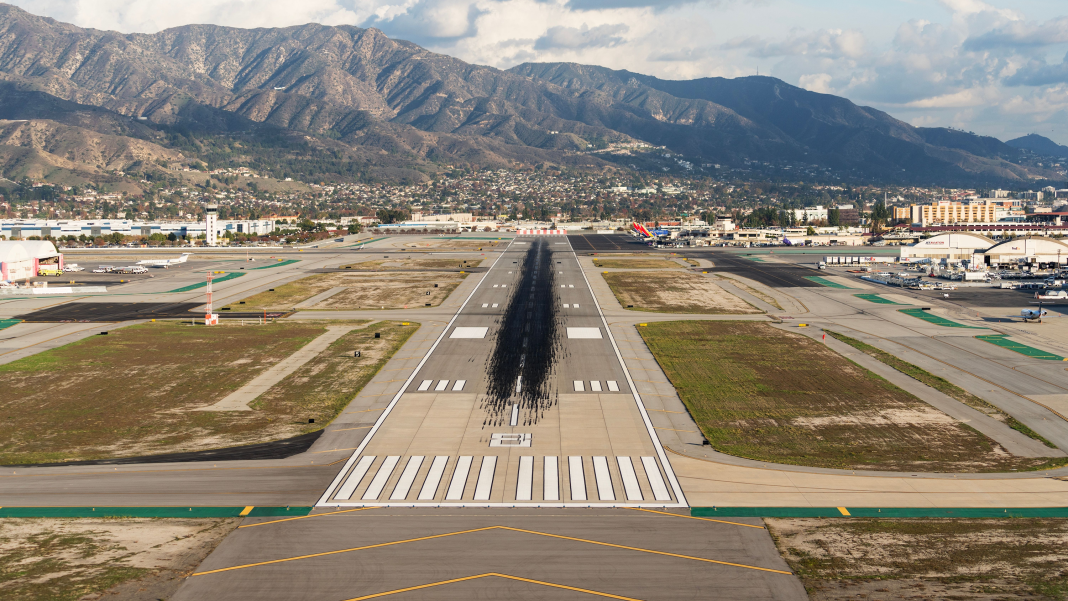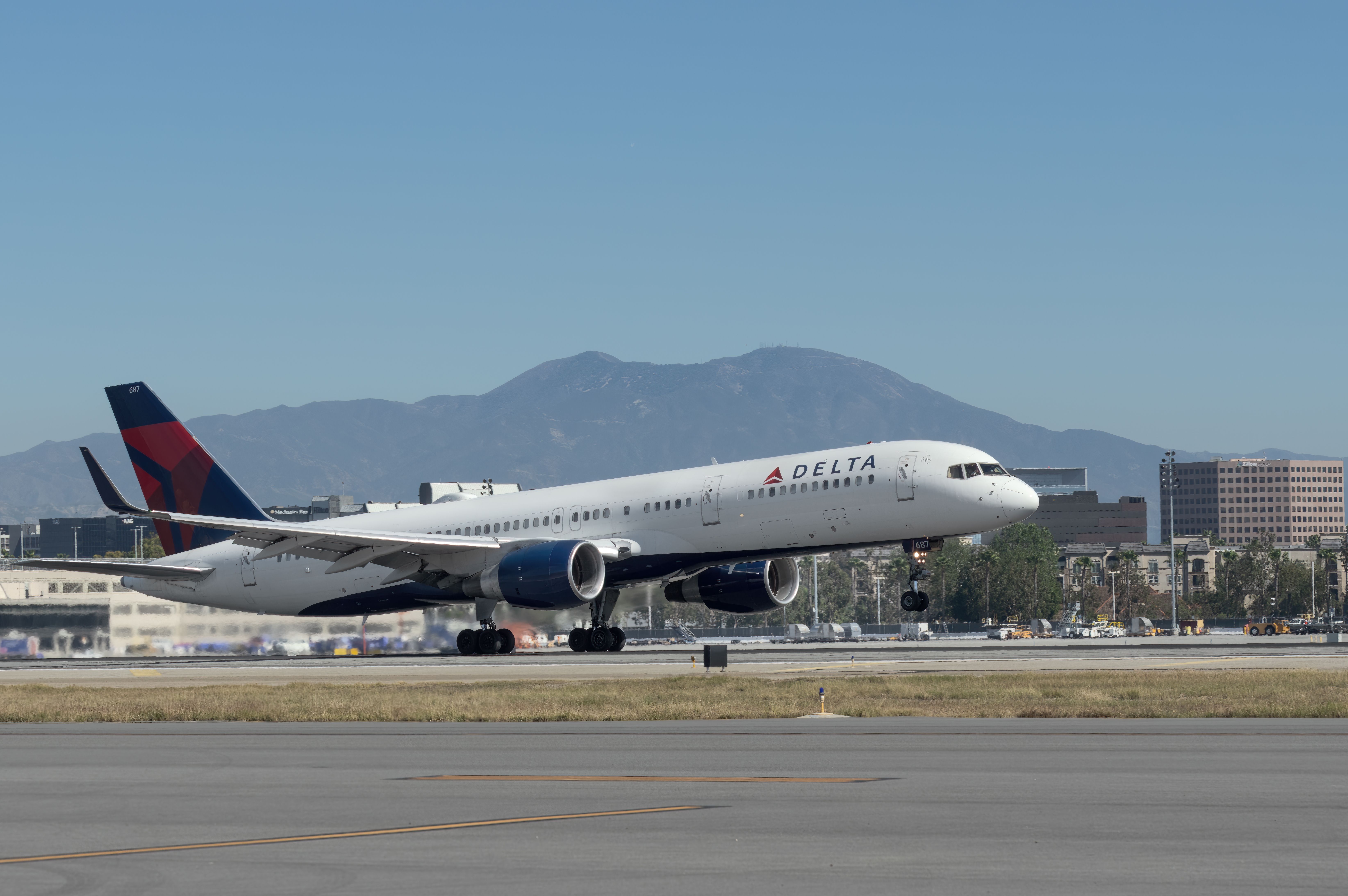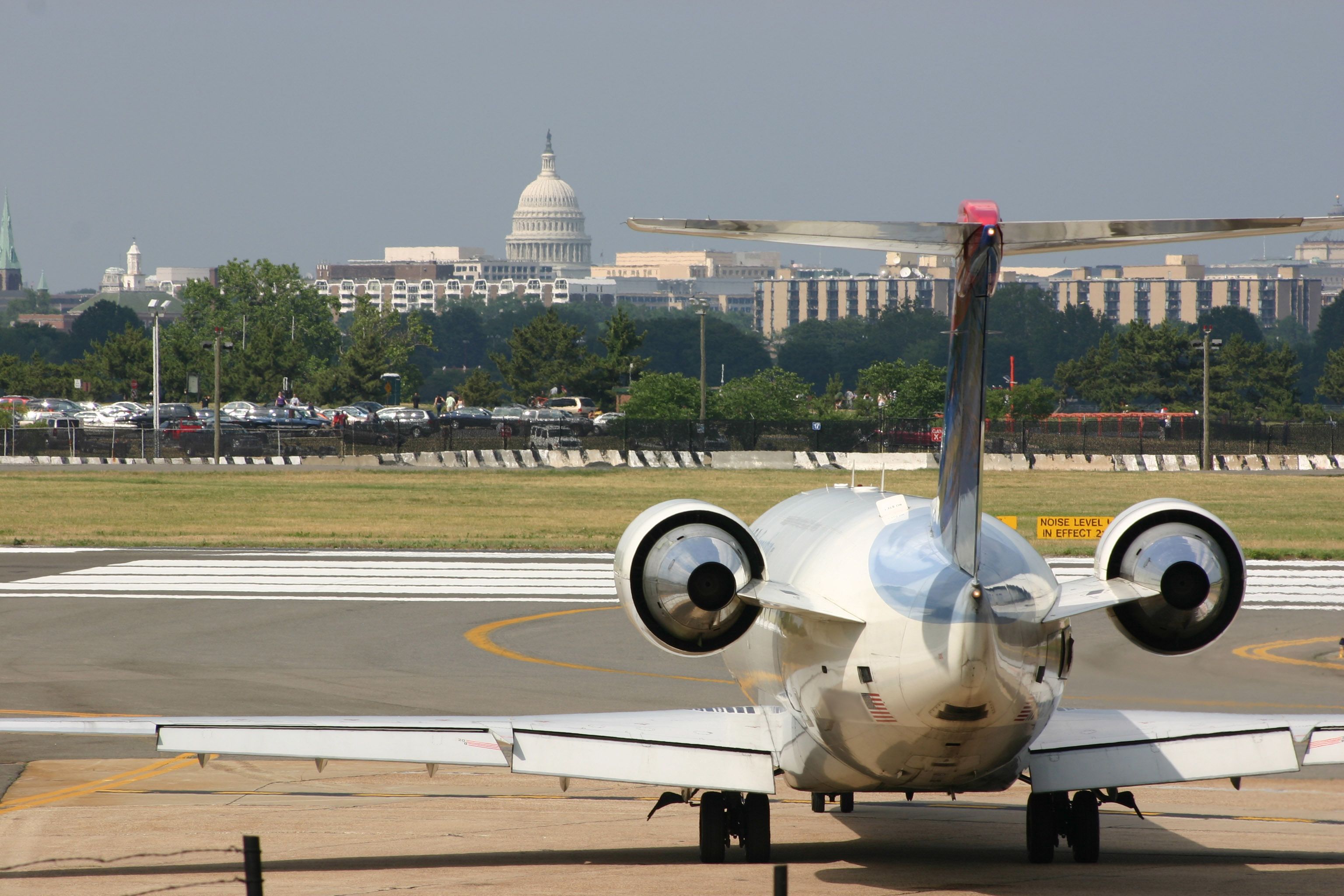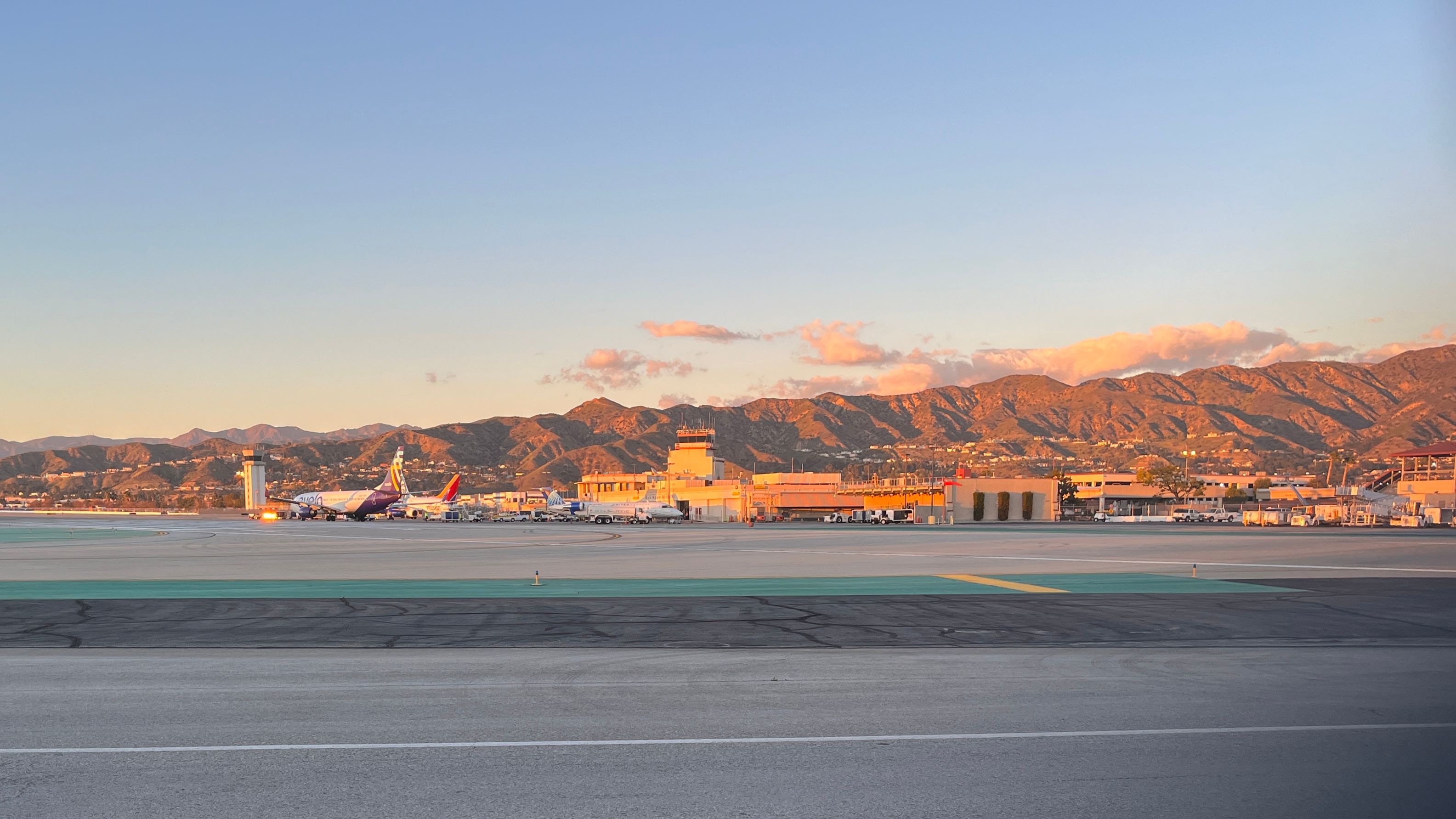Summary
- John Wayne Airport in Orange County has the shortest commercial runway in the US at 5,700 feet, serving a variety of aircraft including heavy 757s.
- Hilton Head Island Airport in South Carolina has the smallest runway served by airliners in the US, measuring 5,000 feet long and requiring specific landing procedures.
- Washington Reagan National Airport has one of the country’s shortest runways at 5,204 feet, primarily used for departing regional jets due to its restricted length caused by the airport’s proximity to the Potomac River.
Not all runways are built the same. Some are relatively short, while others are remarkably long. Some are as narrow as 40 feet wide, while the widest are 200 feet across. Runways can be built out of asphalt, concrete, dirt, or even on riverbeds in the backwoods. The shortest runways are exclusively used for general aviation, but this article will consider the shortest ones used for US airline operations. (As a caveat, the total available runway to have made this list is less than 6,000 feet). Without further ado, here’s the list!
John Wayne Airport: 5,700 feet
Though not the shortest runway on this list, John Wayne/Orange County’s runway 2L/20R is famous for being “the shortest commercial runway in the US” in many people’s minds, thus its place in pole position on the list. Nestled 32 miles southeast of LAX, John Wayne Airport is a popular reliever airport for residents of Orange County who don’t want to battle traffic to get to Burbank, Ontario, Long Beach, or LAX.
Photo: Angel DiBilio I Shutterstock
The airport serves everything from regional jets to Airbus and Boeing mainline aircraft on a constant schedule throughout the day. John Wayne Airport is the busiest airport on this list with a single runway, which is why many people think of John Wayne’s short runway as the shortest. Delta and UPS operate the “heavy” 757 aircraft into the short runway airport daily, a testament to the plane’s short field capabilities.
Hilton Head Island Airport 5,000 feet
Hilton Head Island Airport on the southern coast of South Carolina is the smallest runway served by airliners in the US. Not only is the runway only 5,000 feet long, but its width is a mere 100 feet (50–100 feet narrower than a standard airline-use runway). The runway has displaced thresholds on both ends due to the close proximity of tree lines. This reduces the available landing distance to 4,703 on runway 3 and 4,597 on runway 21.
Landing at Hilton Head requires full flaps, max braking, and a non-negotiable touchdown in the first 1,000 feet of the runway. Airline service to the airport is relatively new, having commenced in July 2018. The airport is served exclusively by Embraer 170 aircraft operated by Republic Airways and Envoy Air to Charlotte, New York LaGuardia, Newark, Chicago O’Hare, and Washington Reagan.
Key West International: 5,076 feet
Key West’s runway 9/27 is just a touch longer than Hilton Head’s but features a standard 150-foot width. Key West is a popular tourist location, especially during the winter. Visitors can travel south from Miami on the famed US Route 1, but many travel by boat and plane. Due to its popularity, Key West receives regional and mainline aircraft flights. Delta and American offer service on their Airbus A319s from Atlanta and Dallas, respectively, with Envoy Air and Republic Airways providing additional service to Washington Reagan, Miami, Newark, Charlotte, and Chicago O’Hare.
Fun fact: Key West Airport is located at a latitude of 33.4N, making it the most southerly airport in the 49 US states, excluding Hawaii.
Washington Reagan Runway 15/33: 5,204 feet
Washington Reagan National Airport is a special airport. Reagan National deserves an article dedicated solely to it, featuring one of the most unique approaches in the country, tight security restrictions, and a wildly congested ramp area. Reagan National’s main runway 1/19 is the busiest runway in the country, handling 819 daily movements. However, the lesser-used runway 15/33 is one of the country’s shortest at just 5,204 feet.
Photo: Douglas Litchfield I Shutterstock
Primarily used for departing regional jets, runway 15/33’s length is constricted by the airport’s proximity to the Potomac River. Controllers at Reagan appreciate when regional jets can accept runway 15 for departure when the airport uses a “south flow” because it reduces the amount of runway crossing instructions that need to be issued. The holding bay for Runway 19 can also become overcrowded, so runway 15 departures are a useful alleviator of some congestion at the busy airport in the heart of the Capitol.
Burbank Runway 8/26: 5,802 feet
Hollywood Burbank Airport, like John Wayne Airport, is a reliever for the metropolitan Los Angeles area. Situated 16 miles north of LAX, Burbank is in a dense urban area flanked to the north and east by the Santa Monica Mountains. Burbank has a “longer” runway 15/33 (6,886 feet), which is favored when wind conditions allow, but it’s often the case that runway 8 is used for landings with 5,802 feet available.
Photo: Wikimedia Commons
Runway 8 has been overrun by airliners twice since the turn of the century. In 2000, a Southwest Airlines Boeing 737 overran the runway after landing long in rainy conditions. This led to the installation of an EMAS system (Engineered Materials Arresting System) to gently yet effectively stop aircraft if they overrun the end of the runway. This EMAS successfully stopped another Southwest 737 in 2018 after it landed fast on the short, wet runway. Compared to the first accident, this one resulted in just minor damage.
Honorable mentions
There are countless runways across the US in the 6,000-foot range. Two of the closest to having made the list criteria are Schulz-Sonoma County’s runway 14/32 (6,000 feet) and Santa Barbara’s runway 7/25 (6,052 feet). Both airports are stunning to fly into. Schulz-Sonoma County is surrounded by vineyards, while the Pacific Ocean borders Santa Barbara.
There you have it: A list of airline-use runways under 6,000 feet. Many other airline-serving airports feature short runways, but this list is limited to runways that actively serve airliners (which is why Chicago Midway’s shorter runways are excluded, for example). It’s very possible that a qualified runway was missed. If you can think of any unfair omissions, leave a comment!
[ad_2]
Source link





